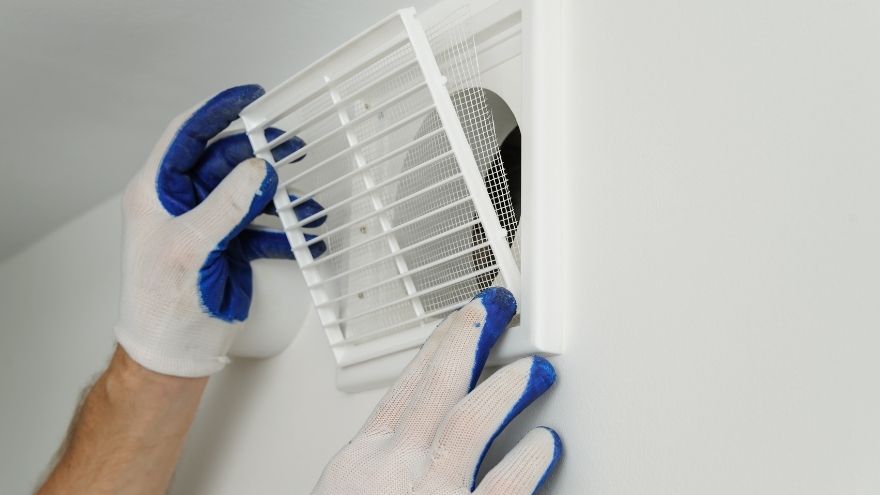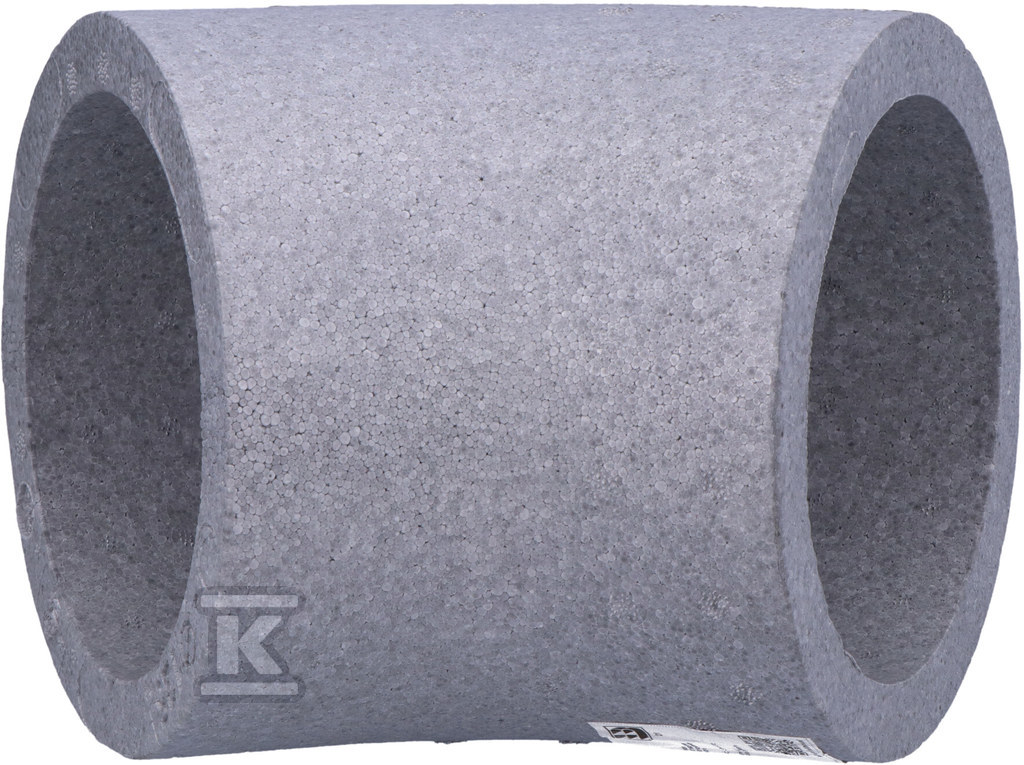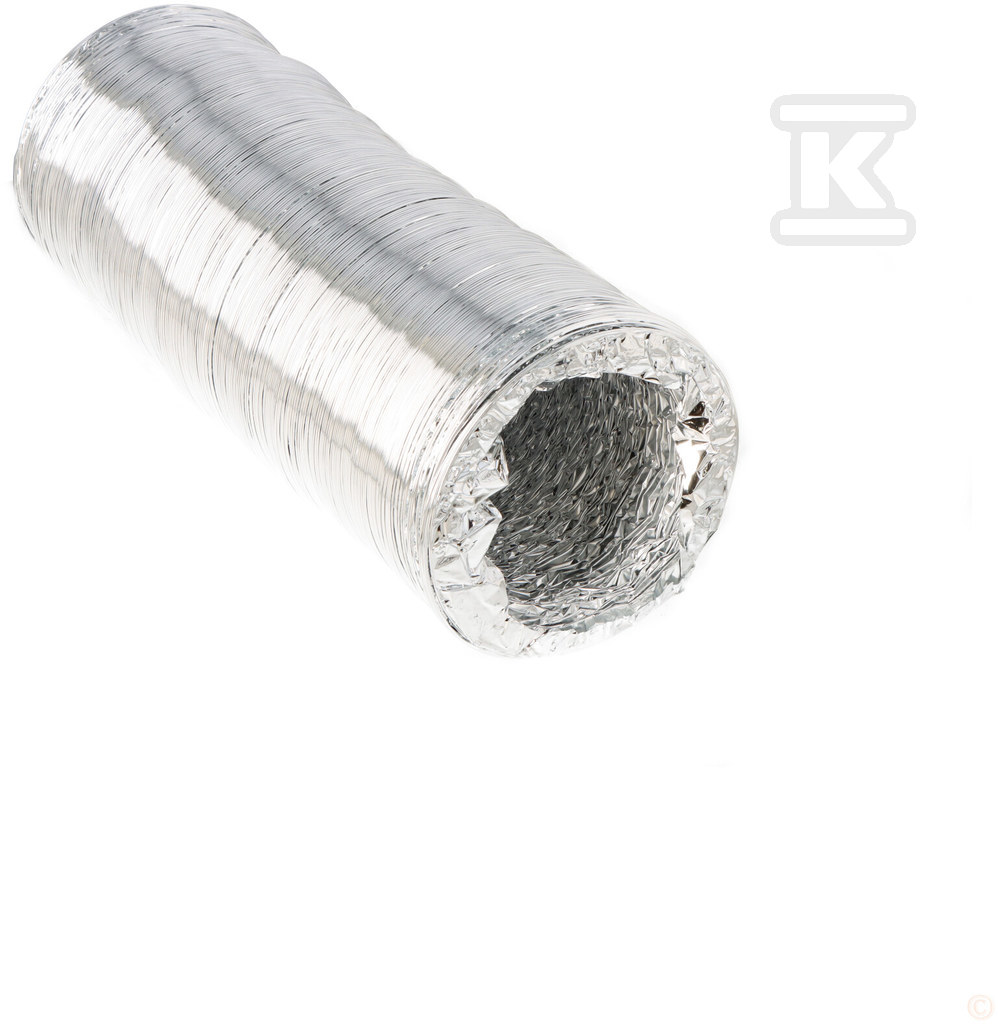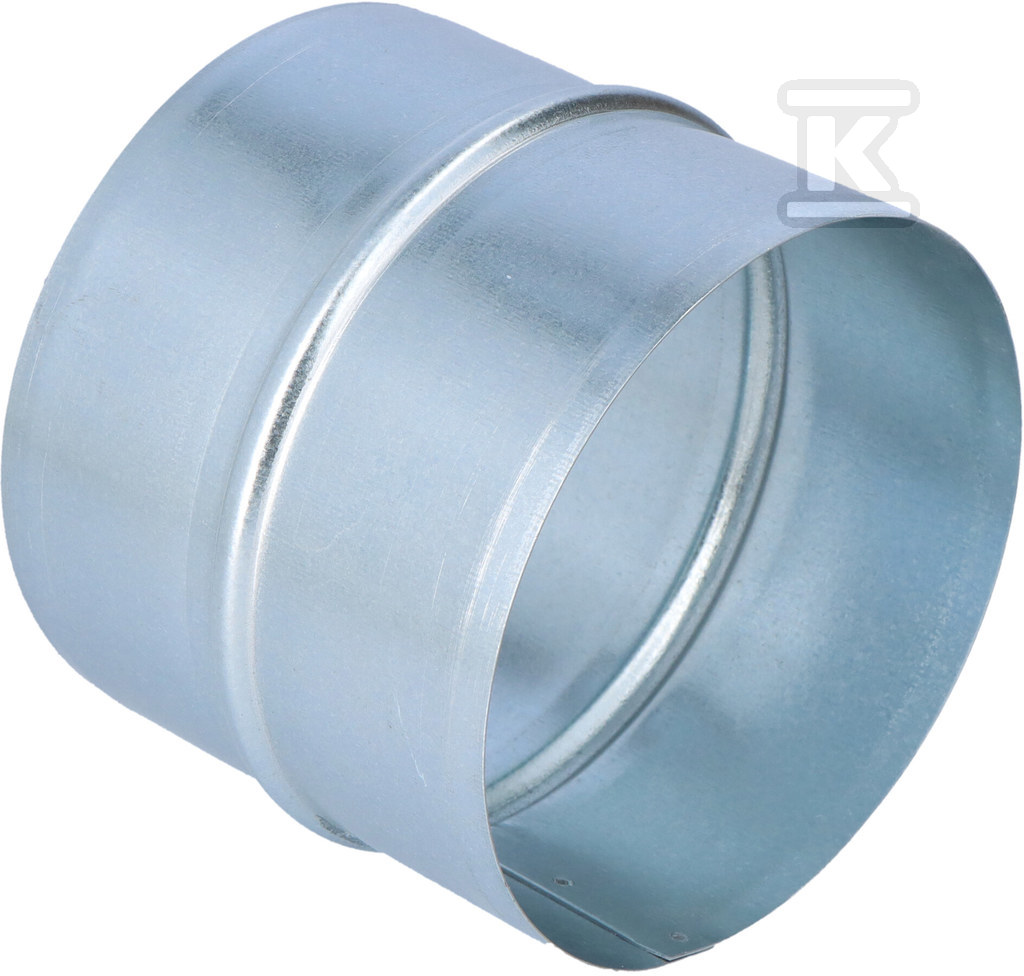Cold air flowing through the ventilation grille causes the interior to cool down, and consequently – an unnecessary increase in heating costs and a decrease in the thermal comfort of building users. When it blows from the ventilation grille, many people simply… cover it up, not realizing that blocking the exchange of air is dangerous to health and contrary to building regulations. Ventilation grilles must be unobstructed and clean! In addition, the inflow of cold through the grille is a symptom of a poorly functioning ventilation system. We explain why cold air blows through the ventilation duct and how to effectively solve this problem.

Check the ventilation at the Onninen wholesaler
No airflow through building leaks
In residential buildings, there is standard gravity ventilation (natural), the operation of which is influenced by, among other things, atmospheric factors and air pressure inside and outside. Gravity ventilation is often associated with the phenomenon of chimney backdraft. It occurs mainly in the winter and in buildings equipped with at least two chimney channels (smoke and ventilation). Then the direction of air flow changes - it does not escape outside the building, but instead goes inside through the ventilation channel.
 The air is blowing from the ventilation grilles, so the household members feel an unpleasant cold. The reverse draft in the ventilation duct is also caused by the complete sealing of windows (modern windows have factory-built slot vents) and the failure to provide fresh air to the interior during the heating season. Then the exhaust ventilation ducts are transformed into supply ducts. A similar thing happens when you turn on the kitchen hood when the air flow is too weak. The problem should be solved by tilting the window while cooking.
The air is blowing from the ventilation grilles, so the household members feel an unpleasant cold. The reverse draft in the ventilation duct is also caused by the complete sealing of windows (modern windows have factory-built slot vents) and the failure to provide fresh air to the interior during the heating season. Then the exhaust ventilation ducts are transformed into supply ducts. A similar thing happens when you turn on the kitchen hood when the air flow is too weak. The problem should be solved by tilting the window while cooking.
Owners of leaky buildings have a serious problem with ventilation control (or rather the lack of such control). Leaks occur mainly around windows and doors and in attics. A significant portion of air flows through them, which means that the flow through the building is random. The problem can be compounded by uninsulated and leaky ventilation ducts and incorrectly designed duct cross-sections.
Inadequate ventilation design - the wind forces air in
 A poorly constructed ventilation chimney may also be responsible for the cold air blowing in. The wind then blows cold air into the building through the ventilation outlets. This is a sign that the draft is significantly weakened.
A poorly constructed ventilation chimney may also be responsible for the cold air blowing in. The wind then blows cold air into the building through the ventilation outlets. This is a sign that the draft is significantly weakened.
What to do if cold air is blowing from the ventilation?
What can you do to prevent ventilation from cooling rooms due to backdraft? First of all, you should ensure an optimal, controlled air supply to the interior by, among other things, checking the tightness of windows and installing air vents if they do not have them. The second effective method of combating backdraft is to equip the ventilation chimney with an appropriate cap or ventilation vent. The end of the ventilation duct is an extremely important and very often underestimated element of the installation. A properly matched chimney cap should noticeably improve the quality of gravity ventilation and stabilize the chimney draft in the fireplace.
 There are fixed, self-adjusting and rotating chimney caps available on the market. Caps made of galvanized sheet metal work perfectly on ventilation chimneys, because they are resistant to difficult weather conditions. As mentioned at the beginning, the ventilation grille must be clear - it must not be covered or glued to stop the inflow of cold air! Such action only masks the temporarily existing ventilation problem and can be very dangerous.
There are fixed, self-adjusting and rotating chimney caps available on the market. Caps made of galvanized sheet metal work perfectly on ventilation chimneys, because they are resistant to difficult weather conditions. As mentioned at the beginning, the ventilation grille must be clear - it must not be covered or glued to stop the inflow of cold air! Such action only masks the temporarily existing ventilation problem and can be very dangerous.
We encourage designers and installers, as well as other professionals specializing in mechanical or gravity ventilation , to familiarize themselves with the assortment of the Onninen wholesaler. We supply ventilation ducts and fittings, air curtains, heaters, heating and ventilation units, destratifiers, fans, insulation, and air humidifiers and dehumidifiers. We also offer numerous accessories for ventilation systems. We provide assistance in selecting installation elements.